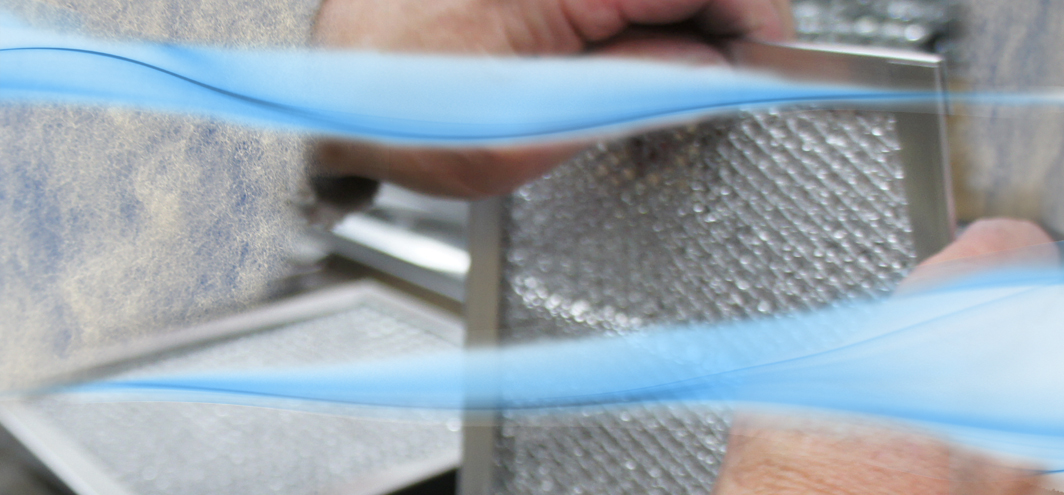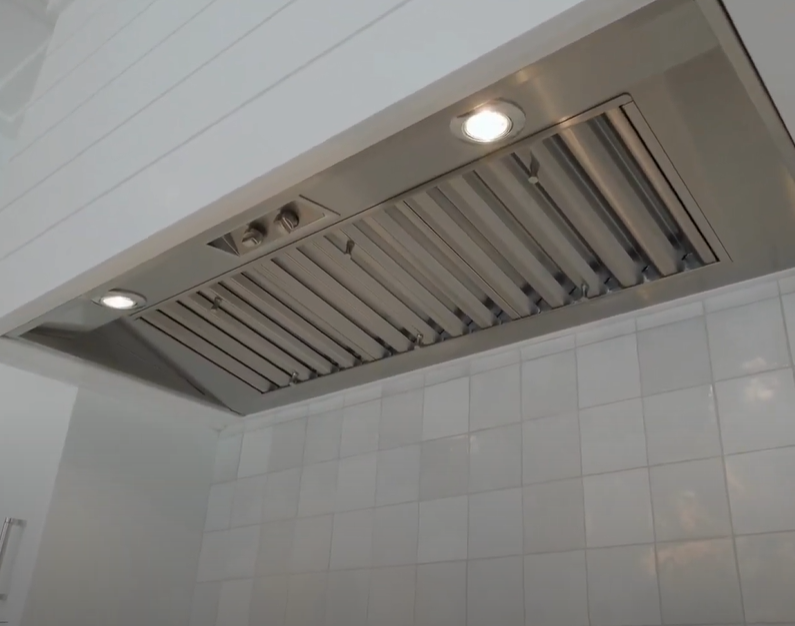
Why Neglecting Your Air Filter Could Be a Disaster
 Possibly the most critical part of your home’s heating and air conditioning system is the air filter. Every hour while your air conditioning is running, all the air in your house will cycle through the system at least once, and maybe twice. All of it passes through a filter each time. That filter acts as the main line of defense against contamination for everyone living there.
Possibly the most critical part of your home’s heating and air conditioning system is the air filter. Every hour while your air conditioning is running, all the air in your house will cycle through the system at least once, and maybe twice. All of it passes through a filter each time. That filter acts as the main line of defense against contamination for everyone living there.
Many homeowners don’t fully understand the importance of this particular piece of their house. They might replace it once or twice a year and otherwise never think about it.
If that sounds like you, then your family and the machinery that keeps your home comfortable could unfortunately be at serious risk.
What are the risks of a neglected air filter?
Disease, for one, since a clogged filter won’t be able to remove any more harmful bacteria and other contaminants from the air in the house. A clogged filter that gets wet for any reason can even foster the growth of mold—difficult to remove, and a household health disaster.
Another risk is mechanical, because the restricted airflow causes the air conditioning unit to work harder to pull air through the vents. This can cause fan motors to burn out. Worse still is if the filter is damaged or missing; contaminants could then enter the system’s coils and clog them up.
A dirty air filter is therefore one that continually runs up your energy bills, and may soon cause a need for costly servicing and repair work.
What does proper air filter maintenance look like?
Most HVAC professionals will recommend that you replace your air filters monthly or every two months at least. This is not just some sales ploy. New air filters are not expensive, but repair work is. There are few things more annoying than having to pay several hundred dollars all at once for A/C repairs just because someone didn’t pay the price of a monthly extra meal for clean filters.
Filters are usually easy to locate and replace on your own. They are most often found behind large air return vents in a wall or ceiling, though sometimes they can be found integrated into the A/C system itself.
The vents can usually be opened without tools. If not, then a single flathead screwdriver should do the trick.
The filter can then be pulled out, and a new one of identical size pushed into place. The identical size is key, because the filter has to fit snugly in its space to ensure that no contaminants get past it.
Take note, therefore, of the size of your current filters before buying any replacements, because the wrong size will do no good at all. Filter sizes are easy to measure in inches, and are usually clearly printed on the side of the filter packaging and housing.
It’s also essential that you get a new filter of the correct rating. Different rating numbers indicate that the filter lets more or less air pass through it. Getting a filter with the wrong rating for your system could be just as bad as having a clogged filter, and strain the fan motor.
Never neglect your air filter! Your family’s health and your air conditioning system’s functionality both depend on it!




